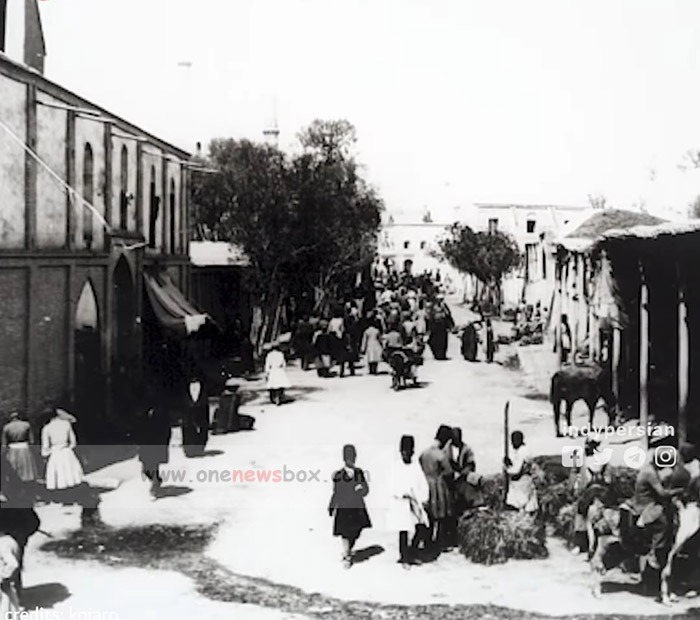The Rise of Agha Mohammad Khan Qajar
Despite these early setbacks, Agha Mohammad Khan Qajar later emerged as a formidable leader. He successfully reunited Iran under his rule, defeating various rivals, including the remnants of the Zand dynasty. In 1796, he officially declared himself the Shah of Iran, marking the formal establishment of the Qajar dynasty. His reign was characterized by efforts to restore Iran’s territorial integrity and consolidate central authority.
One of Agha Mohammad Khan’s most significant military achievements was the reconquest of Georgia, which had declared independence from Iran. His brutal suppression of the Georgian rebellion, however, sparked long-term conflicts with the Russian Empire, which later sought to expand its influence in the Caucasus.
The Legacy of the Qajar Dynasty
The Qajar dynasty oversaw a period of both economic growth and political instability. While trade flourished and Iran engaged more with global markets, the dynasty struggled with internal revolts and external pressures, particularly from Russian and British imperial interests. The Treaty of Gulistan (1813) and the Treaty of Turkmenchay (1828) resulted in significant territorial losses, including parts of the Caucasus.
By the late 19th and early 20th centuries, increasing dissatisfaction with Qajar rule led to the Persian Constitutional Revolution (1905-1911), which sought to limit monarchical power and establish a constitutional government. The dynasty’s decline culminated in 1925 when Reza Khan, a military commander, overthrew Ahmad Shah Qajar and established the Pahlavi dynasty.
Despite their eventual fall, the Qajars left a lasting impact on Iranian history. Their era witnessed cultural and architectural developments, the expansion of trade, and the beginnings of modernization efforts that shaped Iran’s transition into the modern age.

